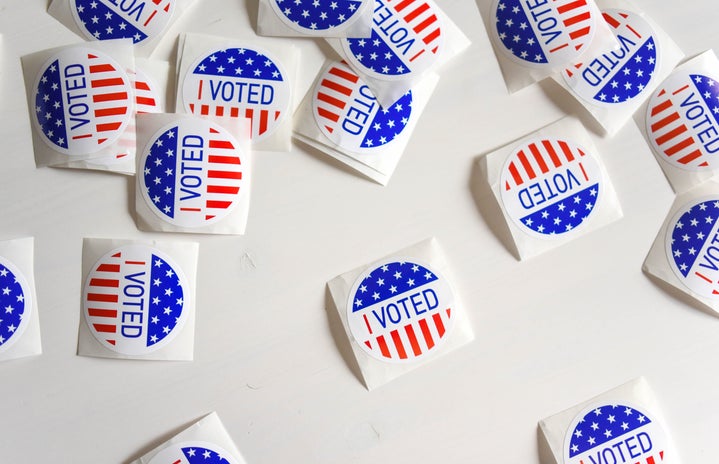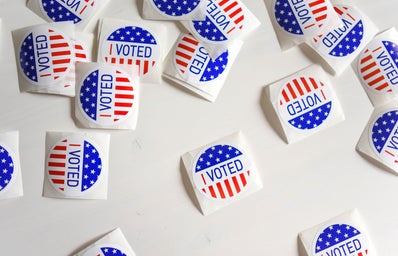The Iowa Caucus is an important part of the primaries in the presidential elections. It is the first major contest that decides which party member will represent their party in the presidential elections in November 2020. Though the demographics of Iowa are not representative of the rest of the country, the caucuses are still a strong indicator by some of how a presidential candidate will do in later contests.
What is a caucus? It’s a different way of voting. It is generally defined as “gatherings of neighbors”. Rather than going to polls and casting ballots, Iowans gather at a set location in each of Iowa’s 1,681 precincts. Typically, these meetings occur in schools, churches, public libraries, or even individuals’ houses.
The caucus took place on February 3rd, 2020. With candidate Pete Buttigieg leading with 13 delegate counts, the state delegate equivalents, and the traditional measure of success in Iowa. Bernie Sanders followed closely behind with 12. However, Sanders had a higher popular vote with more individual support at the caucus’ site, with 26.5% while Buttigieg had 25.1%. Sanders aligned with the traditional primary election.
However, there has been controversy, as there were problems with the new cell phone app used to report results. This meant that precinct leaders had to Plan B, which involved calling the results into the caucus headquarters, where dozens of volunteers would enter the figures into a secure system. But when those volunteers tried to log on to their computers, they realized that they needed smartphones to retrieve a code, but they had been told not to bring their phones into the “boiler room” in Des Moines. This led to desperation and some precinct leaders were told to email photos of their worksheets. However the inbox was unmonitored, and volunteers had to go through 700 emails with the photos sent sideways. This has left the party and state reeling. More than a week after the party’s Feb. 3 caucuses, final results from the night were still not available.
An analysis by The New York Times revealed inconsistencies in the reported data for at least one in six of the state’s precincts. Meaning that The Associated Press said it was unable to declare a caucus winner. Volunteers returned over the next three days to cross check them and input results from caucus worksheets that came in by email or through the app.
Just days before the caucuses, precinct leaders received their first instructions for downloading an app they were to use to record and send results. Due to delays in planning Iowa’s caucuses, Shadow Inc. (who created the app) didn’t enter into a contract for the Iowa app until the fall of 2019. In November, Iowa officials gathered in Des Moines to test processes involved in the caucuses, with the app being absent from the exercise.
In a news conference on Friday Troy Price, an Iowa native worked as political director for Barack Obama’s 2012 Iowa campaign and Hillary Clinton’s 2016 Iowa campaign. “The challenges of reporting data and delays of publicizing the results were categorically unacceptable… Iowa Democrats demand better of us. Quite frankly, we demand better of ourselves.”
Tom Perez, the Democratic National Committee chairman, has taken to publicly criticizing the Iowa party’s handling of the caucuses. He is among those leading the charge to review the presidential nominating process and to replace caucuses with primaries and remove Iowa from its coveted first-in-the-nation status.



